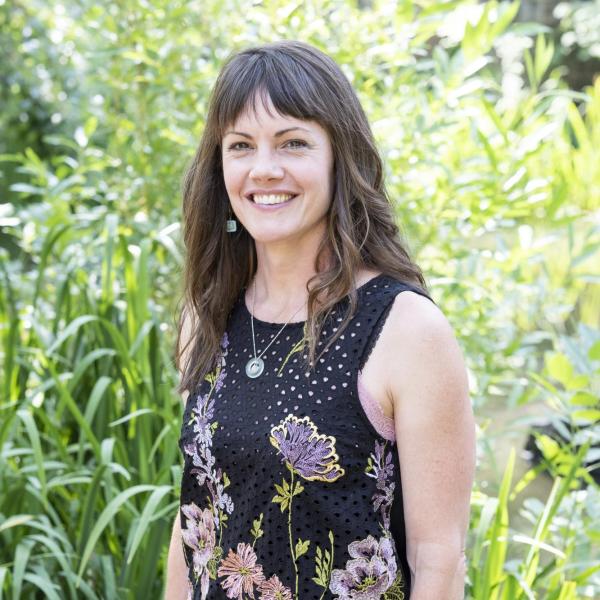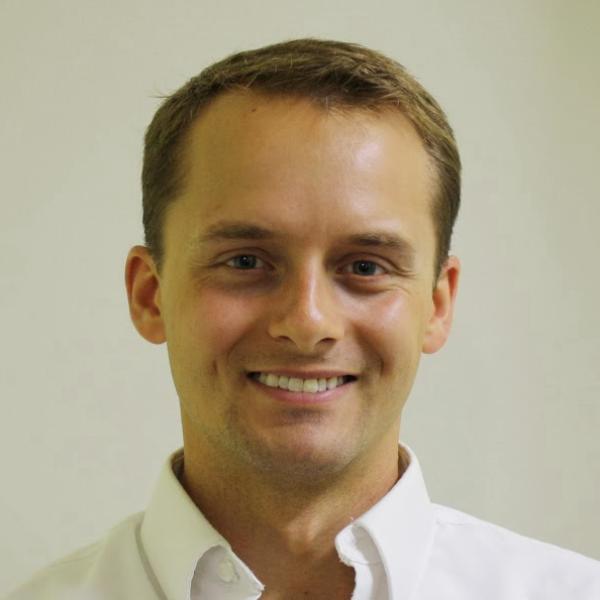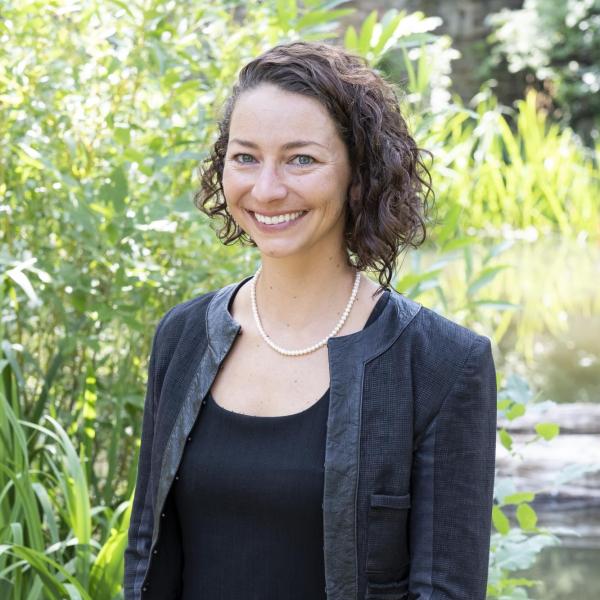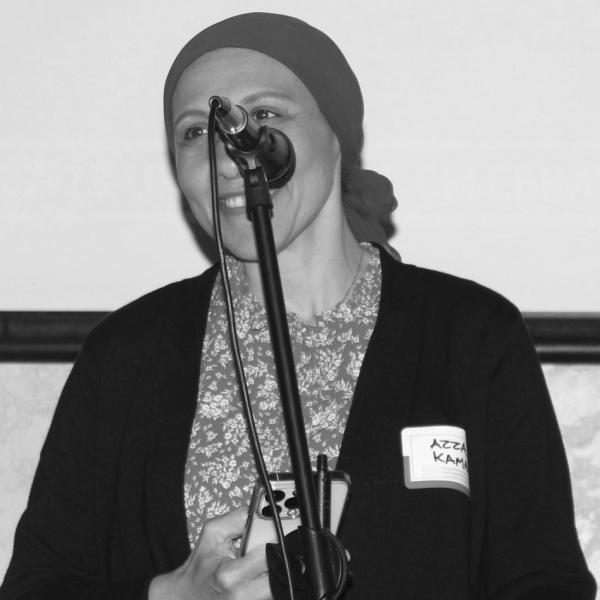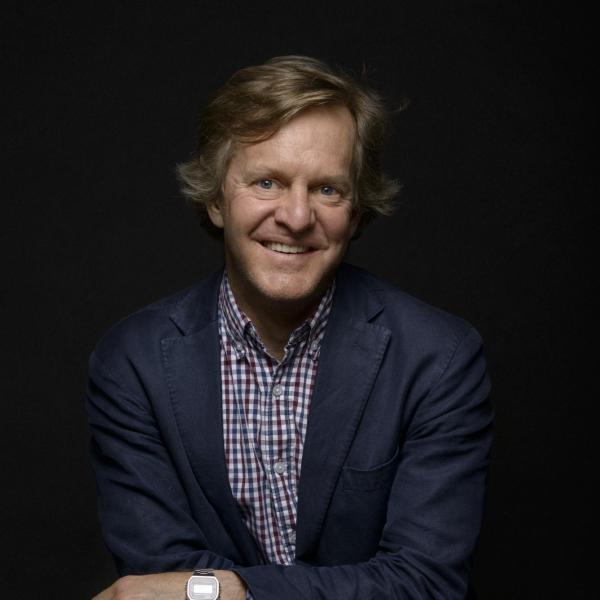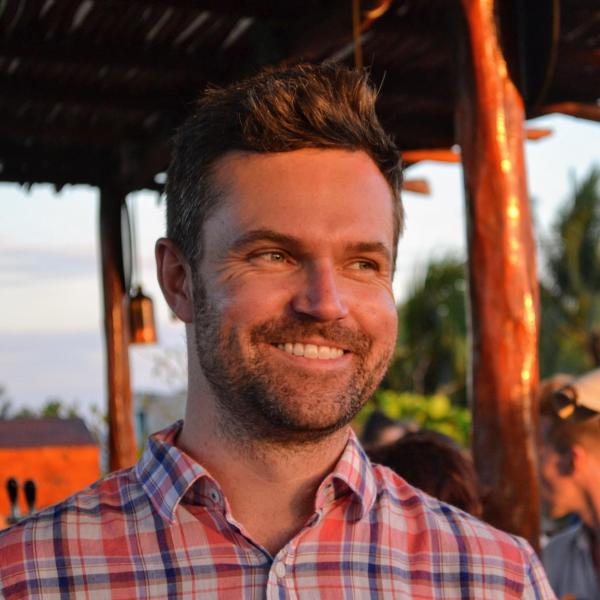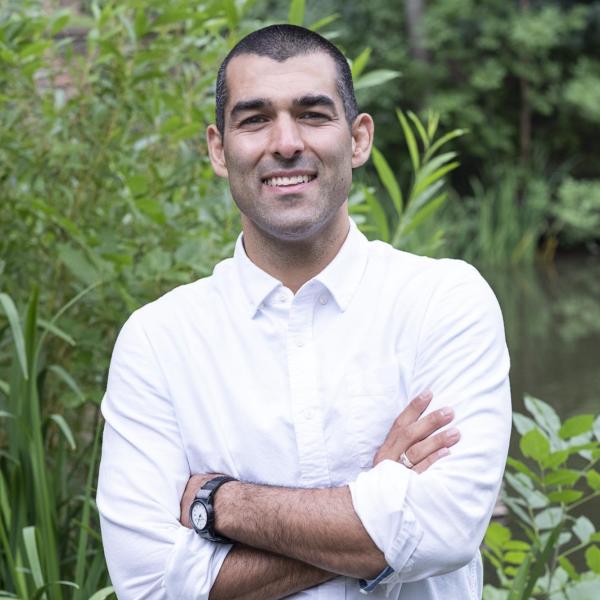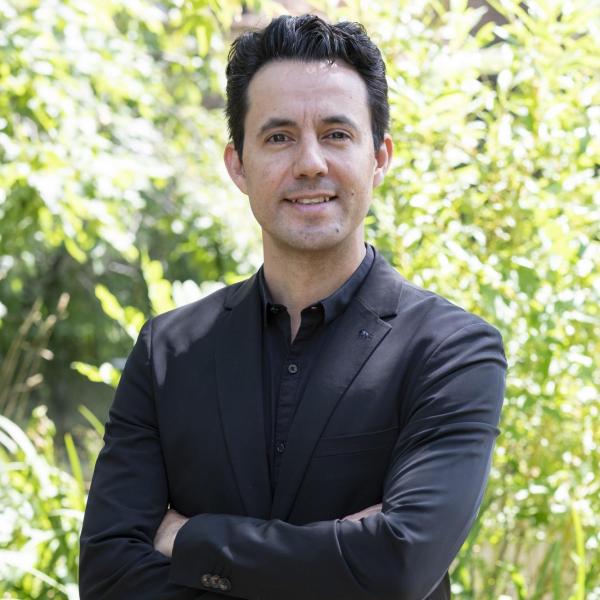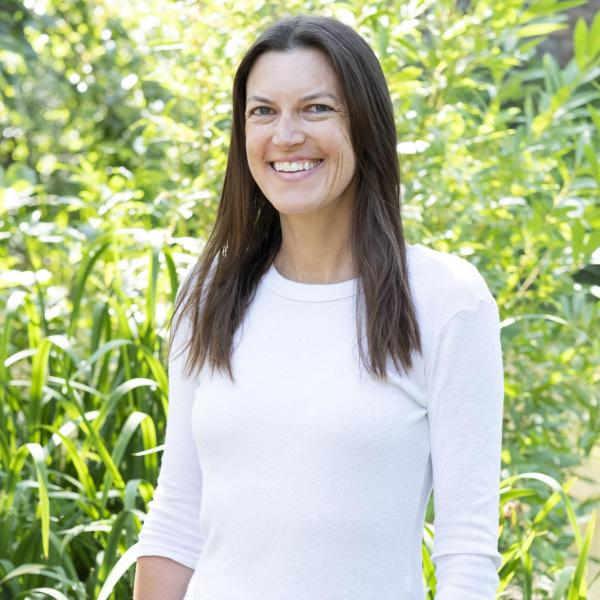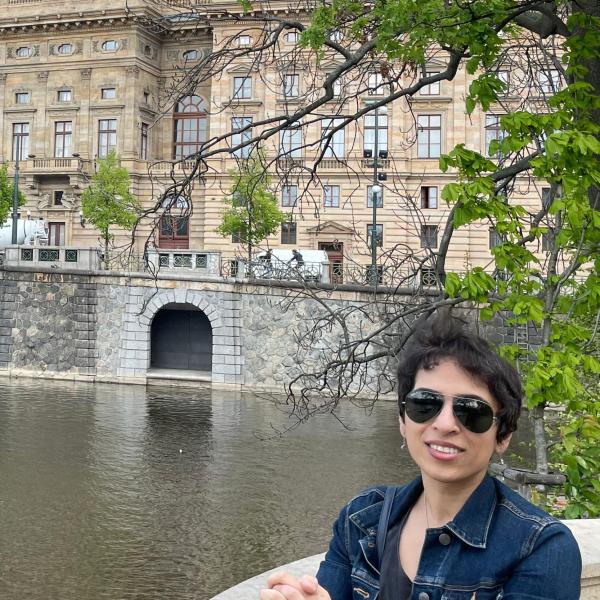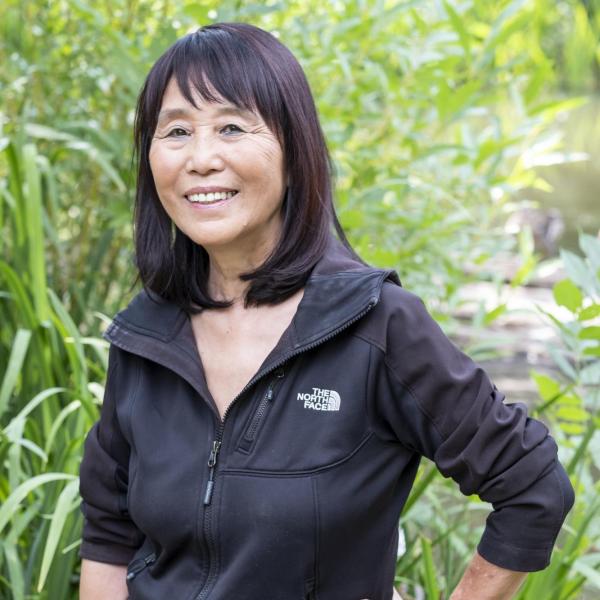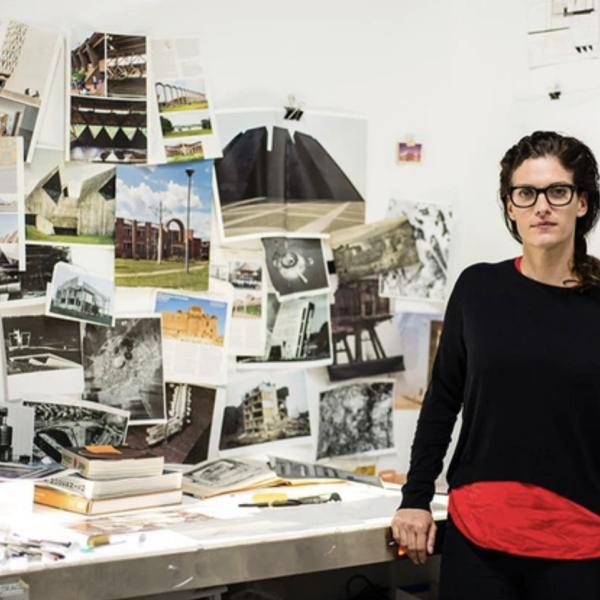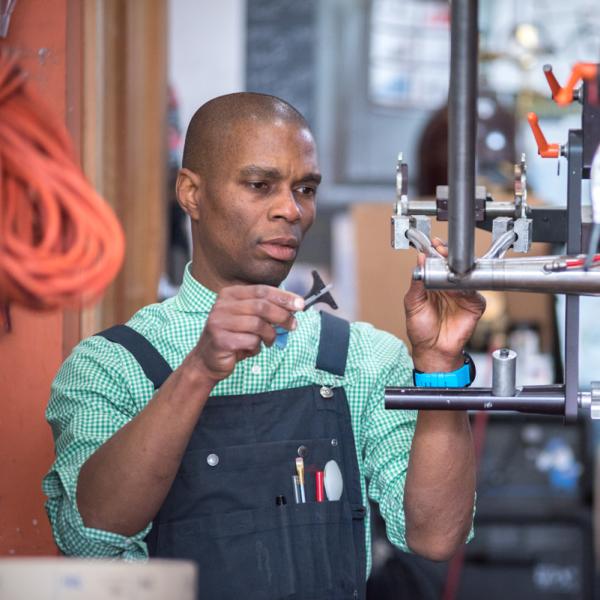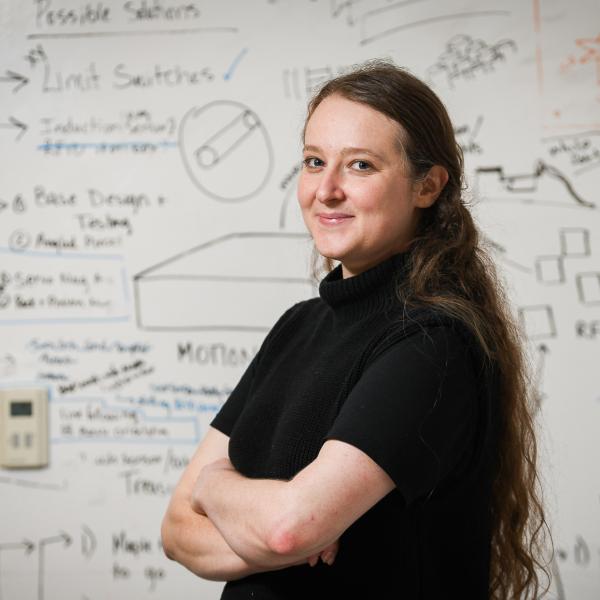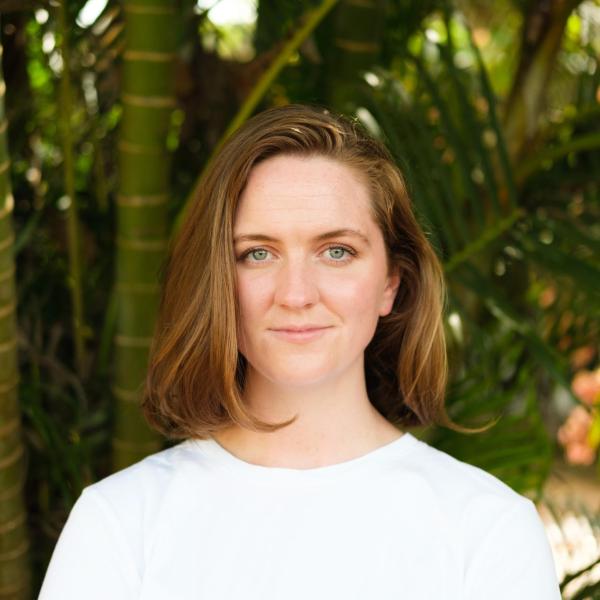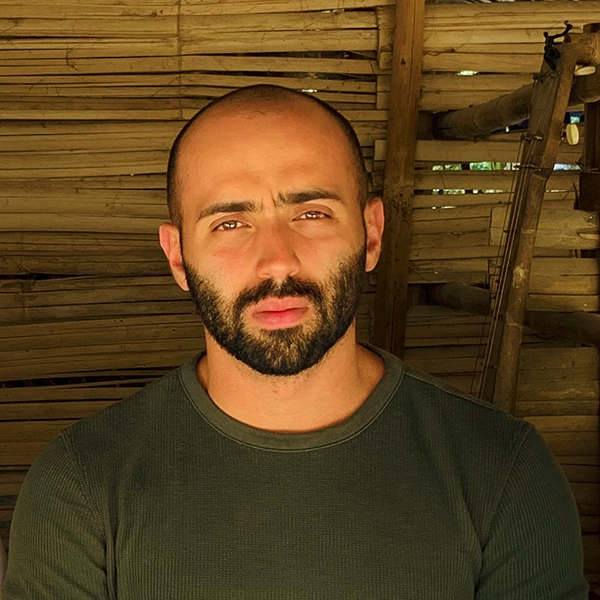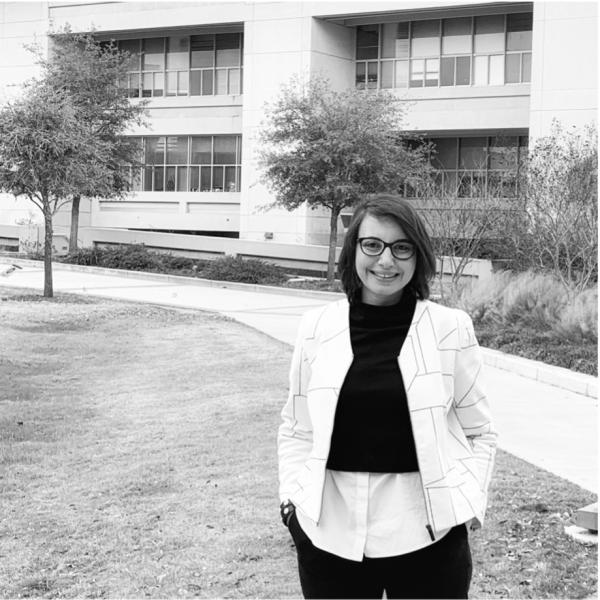Research & Creative Work
Be impactful. Be visionary. Be dynamic.
Shaping Tomorrow's Leaders
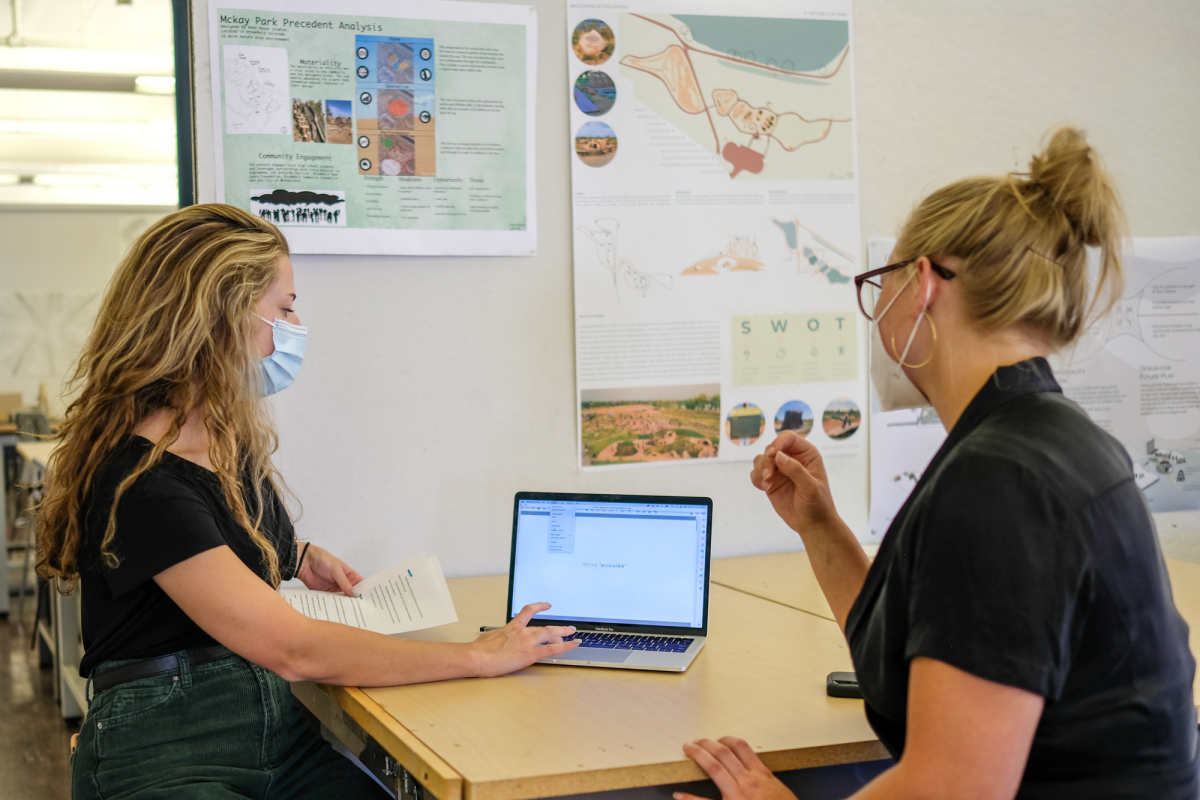
Environmental Design Latin Honors Program
Undergraduate students in ENVD may choose to complete an honors thesis, which encourages exploration into designs or other scholary topics of interest. Students have the opportunity to work closely with a faculty thesis chair, publicly present their work and contribute original and creative work to the field of environmental design.
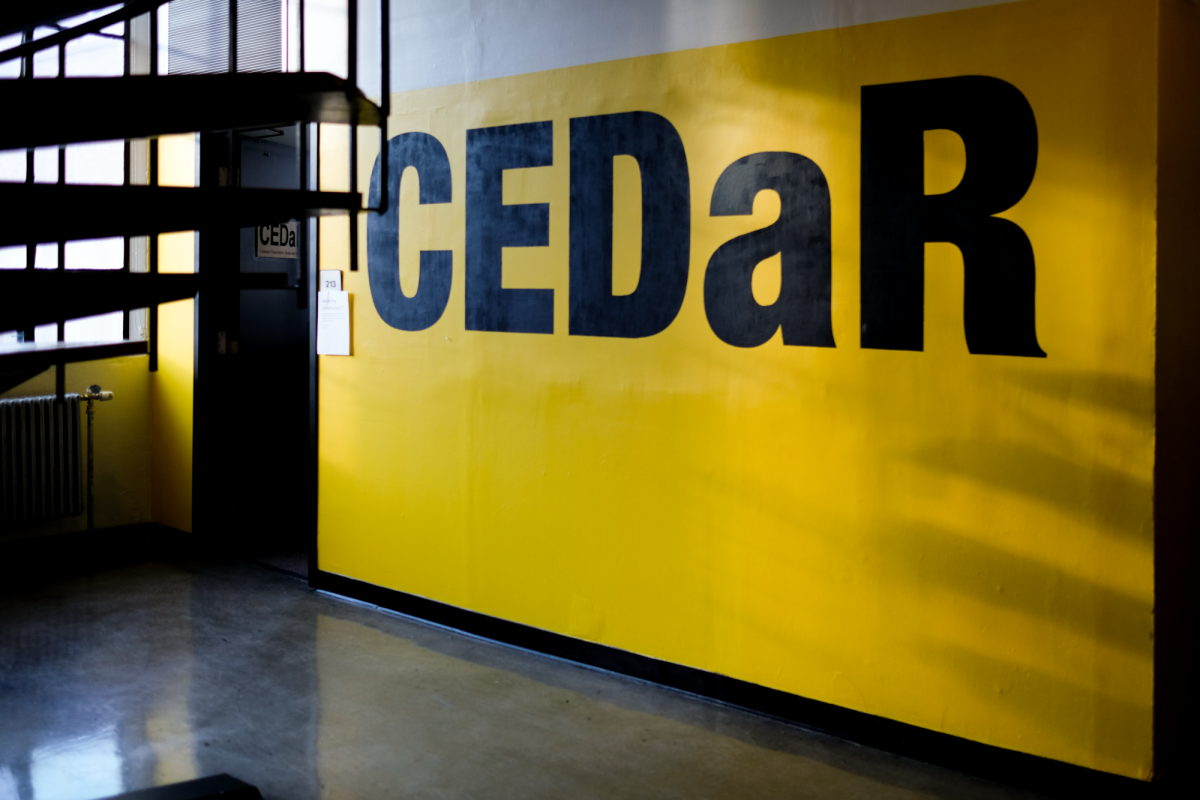
Environmental Design is home to the Community Engagement, Design and Research Center (CEDaR).
CEDaR partners with communities in Colorado and abroad to help build resilient and equitable cities and neighborhoods. The center's goal is to stimulate research and teaching on critical urban challenges, leading to innovations in design, policy and programs. It's work is rooted in a philosophy of engaged research and integrated with service.
Latest Research News
An error has occured - please check your filters and try again
An error has occured with the API - please try again later
Faculty Research & Creative Work
Teaching Assistant Professor
Emily Greenwood's professional work is focused in two general areas: researching and designing sustainable natural spaces and creating educational and ecologically responsive areas at the human-nature intersection. Her work in natural spaces includes the design of sustainable native landscapes, wetland design, ecological restoration, and climate responsive landscapes. Her work in spaces at the human-nature intersection includes trail and trailhead design, the design of playgrounds, and meaningful residential landscape designs.
Emily was a leader in the Boulder County open space program, where she worked to balance the preservation of these public spaces with the increasing need for recreation on open lands. Her published research includes works on how Learning Landscapes (a method of designing personalized, immersive, educational playgrounds in schools) can increase physical activity of children in underserved communities.
Teaching Assistant Professor
John’s research applies an equity lens to topics at the intersection of transportation and development, including but not limited to equitable transit-oriented development, transit-supportive housing policy, and multimodal transportation demand management. Prior research has considered whether and why station-area residents use transit, parking demand in transit-rich neighborhoods, and policies that affect polycentric development in American West metropolitan areas. In coming years, John looks forward to researching best practices in parking management and multimodal mobility to support clean, green, healthy, and affordable transportation and attendant development to benefit Colorado communities and their constituents.
Some of his published work includes: Regional Policies, Practices, Tools, and Strategies to Implement Polycentric Development: Comparative Case Studies of Portland, Seattle, and Denver, Reducing Vehicle Miles Traveled, Encouraging Walk Trips, and Facilitating Efficient Trip Chains Through Polycentric Development, and Comparing the travel behavior of affordable and market-rate housing residents in the transit-rich neighborhoods of Denver, CO.
Assistant Clinical Professor
Marianne Holbert's research focuses on environmental design, architecture, and integrative design pedagogy. As a licensed architect, she has experience working on diverse projects including award winning net-zero, fossil fuel-free and LEED accredited initiatives. Her design work furthers community-centered, sustainable, and innovative housing solutions.
Her current research projects explore cross-cultural understanding in design pedagogy and the cultural dimensions of learning in the design studio. She is a passionate educator who cultivates courses that invite knowledge discovery, innovation, and problem-solving through earnest curiosity. The threading of experiential learning with theoretical, historical, and cultural understanding unites her research and teaching.
Teaching Associate Professor
Azza’s research is at the intersection of geotechnology, automation, and social and environmental justice. Her research informs policies for housing instability and affordability, equitable planning, and resilient communities. She was a 2023 Fulbright Specialist to TU Berlin and the recipient of the University of Florida RTA award to develop the climate adaptation dashboard for Berlin historic churches. In Texas, Maryland, Colorado, and Arizona, she led projects to examine Low Impact Development, Neighborhood Stabilization Program, and Sustainable workforce housing in the Eagle Ford Shale region. Azza’s research is published in the Journal of Urban Planning and Development, International Journal of Architectural Research, Camino Real Journal, Elsevier books, ARCC and CUPUM proceedings. She is currently working on addressing climate change impact on chronic homelessness and an evaluation of PSH Programs in Texas and Colorado.
Azza earned several accolades for nurturing undergraduate research culture. In 2023, she received the Faculty Award for Excellence in Undergraduate Mentoring at the UF College of Design, Construction and Planning and in 2016, she received the UT San Antonio Faculty Award for Service to Undergraduate Research and Creative Inquiry.
Professor
Senior Advisor in the Office of the Under Secretary of State for Economic Growth, Energy and the Environment, U.S. Department of State
Dr. Kevin J. Krizek analyzes the dynamic characteristics of urban settings, specifically how access to services is provided and the role of government, local or federal. Through his research on the effectiveness of bicycle planning efforts and through projects like Design for Health (US APA’s National Planning Excellence Award for Best Practice), he aims to shape policies on land use/transportation and advance local planning efforts that further sustainable infrastructure.
His recent activities are focused on ensuring that practitioners get relevant and accessible research and that policy questions and initiatives are guided by robust and transparent performance measures. Through his work both domestic and international, he has developed informed insights to share remedies across borders that are both aspirational and evidence-based.
Teaching Professor
With over 20 years of research experience, Dr. Case Lindberg has committed the last decade to the scientific intersection of design and health. He holds a Ph.D. in psychology, a Master of Education and a Master of Architecture, enabling his expertise to span an array of research methods related to human health, wellbeing, and behavior. He has been integral to pioneering combining physiological and environmental sensing research in the federal Wellbuilt for Wellbeing program.
Through his work for the international architecture firm HKS, Inc., he contributes design research and strategy to workplace, retail, and campus space typologies. He has published academically in several fields, including medicine, design, psychology, and environmental conditions, and his work has been covered by several international media outlets. He currently serves as research advisor to the International WELL Building Institute.
Assistant Professor
Co-Director, CEDaR
Shawhin Roudbari is completing two projects that represent the primary focuses of his work: the study of social problems and community engagement, respectively. The first project interrogates the racialization of architecture and space by exploring the ways that spaces, policies, and people can act as aggressors, resistors, and witnesses. His second project explores the idea of participatory anti-racist design dialogues through a focus on exclusion and inclusion in small-scale community institutions.
Shawhin's other projects build on similar themes of social problems (especially racism and whiteness), political participation, and community engagement. He is increasingly collaborating with ENVD students to translate their research into speculative design concepts and installations. Shawhin recently finished a community-engaged design collaboration exhibited at the current Chicago Architecture Biennial.
Assistant Professor
Co-Director, CEDaR
Jota Samper's work at Informal Settlements Research (ISR) concentrates on sustainable urban growth and dwells at the intersection between urban informality ("slums") and violent urban conflict. The main goal of ISR is to create and reveal innovative urban tools to visualize the challenges (climate change, regulatory and violence) presented in informal landscapes. He co-founded Mobility/Movilidad, a nonprofit dedicated to video archiving and mapping with marginalized communities.
His project "Living rooms at the Border" with Estudio Teddy Cruz exhibited at the MoMA. He is a fellow of the "Drugs, Security and Democracy, SSRC," alongside colleagues from Oxford University. Samper's work, the "Atlas of Informality," has been presented in a TEDx talk to an audience of more than 950k viewers.
Director
Teaching Professor
Stacey Schulte’s teaching, research, and practice focus on designing and planning for urban areas and landscapes that support community and ecological well-being. Her work focuses on various aspects of public lands planning, open space preservation, and the relationship between urban growth and the environment.
Recent projects include a focus on willingness-to-pay for land conservation, public perceptions of large-scale conservation projects, habitat quality of protected areas, and hazard mitigation. She recently developed a visitation and use project for Boulder County Departments of Transportation and Parks & Open Space and a master plan for the Town of Haxtun, Co. She is currently a co-PI on the research project “Loving it to Death: Measuring and Managing for the Human Carrying Capacity of Open Space Lands” funded by the University of Colorado, and the City and County of Boulder.
Teaching Assistant Professor
Dr. Sara Tabatabaie's research focuses on the nexus between community health, design of the built environment and policies that shape human behaviors. Her research examines the relationship between urban greenness, shade, landscape design, and physical activity. Sara's dissertation included three separate projects, exploring the design features of streetscape/landscape that affect people’s physical activity behavior in residential streets.
Another area of Sara’s research focuses on design and execution of land use plans that affect active lifestyles, specifically the implementation of bicycle master plans (BMPs) in Colorado. Sara is currently pursuing her research work at the Community Engagement, Design and Research Center (CEDaR) where her projects focus on design for active mobility, urban forestry, gentrification and housing.
Professor
Dr. Ping Xu's research interests include systems thinking and integration of architecture and landscape design, comparative studies of feng-shui, cultural models and spatial design in built environments, and prehistoric landscape setting patterns in the US Southwest. Her recent research has emphasized adapting to climate challenges, particularly identifying landscape patterns in areas prone to fire and post-fire debris flows in Colorado and beyond to avoid future failures during such hazards.
Her research articles have been published in the top refereed journals in her field, including "Journal of Architectural and Planning Research" and "Landscape Journal."
Associate Teaching Professor
Ms. Charlet is an educator, urbanist, designer and advocate. As the head of CU Boulder's Biomodernity Lab, her research focuses on biomaterials and alternative building materials and methodologies in support of local inquiries & material assemblies. This work is situated at the experimental intersection of transformative design strategies, biogenic materials and the environment. Projects center on the exploration of regenerative structural components and frameworks for scalable alternative plant based building solutions.
Teaching Professor
Gregory’s research and experience as an entrepreneur have manipulated the lens through which he views the built environment and how we move within it. For the last ten years, I have been working at the level of micro-mobility, specifically human-powered vehicles and community, establishing a neighborhood bike shop/community space. The human-powered vehicle is a small but integral detail in discussing infrastructure, energy consumption, and quality of life. The human-powered vehicle scale creates space for communities to come together through familiar but equitable environments.
Assistant Professor
Elena is fascinated with novel technologies and how to mindfully implement technological interactions in the environment so that they increase self-awareness and wellbeing. As a neurodivergent researcher, Elena is passionate about neurodiversity and design and is excited to conduct research that helps all people flourish in the environment across the full spectrum of human experiences.
Assistant Professor
Zannah Matson’s research and design work focuses on the histories and contemporary reinterpretations of landscapes throughout processes of colonization, extraction, and state infrastructure projects. Her current work traces the afterlives of coloniality through highway construction in Colombia’s Eastern piedmont landscapes to think about power structures, transportation infrastructure, and visual representation in Latin American landscapes more generally.
Assistant Teaching Professor
Juan’s work focuses predominantly on design research methods to read, decode and project misinterpreted, misrepresented and often marginalized domains (territories, ecologies and publics), their evolving processes, as well as their relation to their larger bio-physical geography. In this process, he examines core-periphery dynamics that can be found at multiple spatial and temporal scales to generate new narratives and ways to deconstruct and reconceptualize imposed definitions on the built and non-built environment.
Assistant Professor
Nesrine’s research centers on the convergence of architecture, digital media and sacred spaces, bridging disciplines like social sciences, digital humanities, and modern technology such as artificial intelligence and virtual reality. Currently, Nesrine is working on a book entitled "Religion and AI: Theoretical and Empirical Approaches" investigating the interplay between artificial intelligence and religion.



